The Commandos: Who has got what it takes?
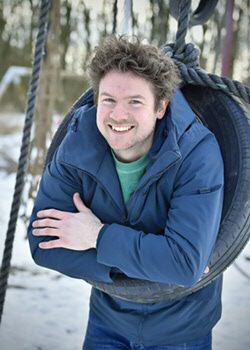
Sports teams, employers and universities all want the same thing: a good selection of candidates. They want the best athletes, the best applicants and the best students, who take to their new environment like a duck to water. And the Dutch Commando Corps (KCT) is no different. On the KCT’s behalf, Ruud den Hartigh is investigating how they can make sure that they select good commandos.
Text: Eelco Salverda, Communication UG / Photos: Elmer Spargaren, thanks to Hommes Outdoor
On a day when stormy gusts of wind blew newly emptied waste containers across the road as though they were matchsticks, psychologist Ruud den Hartigh from the Faculty of Behavioural and Social Sciences told us all about his research into commandos and headwinds. Quite the fitting backdrop. His team is investigating how commandos deal with stress and setbacks and whether it is possible to create a profile of those who pull through and those who do not.
Preventing drop-outs
The request to collaborate on this research came from the Commando Corps themselves. Den Hartigh: ‘Lieutenant-Colonel Maurits Baatenburg de Jong gave a guest lecture at our Faculty. He became very interested in our research into elite athletes and asked if we could predict whether someone would be able to successfully complete their training programme. Commando training is incredibly demanding and, of course, you want to keep drop-out rates as low as possible. And then came a second question: when people are in a stressful situation, how can we pull them through it?’
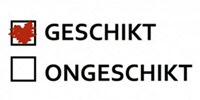
Got what it takes?
It sounds a lot like an old campaign that the army used to attract new recruits; an image featuring two checkboxes, □ suitable or □ unsuitable. The campaign has been quoted and parodied on numerous occasions, doubtless because of its simplicity. You can either do something, or you can’t. But is the reality actually that black and white? How can you really know if someone can do something, and can cope with extreme challenges and intensely stressful situations that are dominated by fear – and in which you need to make quick decisions?
Finding patterns
Den Hartigh and his team come into the picture after the initial filter of self-selection and interviews – when the actual pre-training programme gets underway. At this stage, candidates are asked to complete various questionnaires in order to gain an insight into their intelligence, resilience, learning ability and personality. ‘If candidates who complete the training programme score differently on a certain characteristic than candidates who drop out, that characteristic could be an indicator of success,’ explains Den Hartigh.
The big stress test
The real work begins after eight weeks of general preliminary training. The candidates then undergo a mentally and physically gruelling eight-week programme – the stress test, as Den Hartigh calls it. This is the period in which many candidates drop out. In this phase, the candidates complete a questionnaire twice a week on an online platform. Den Hartigh: ‘Ideally, you want to end up with a prediction model. Which tests do you need to run at the start to find out who will make it? And if you notice that someone is having a hard time recovering during the training programme, you can take action.’
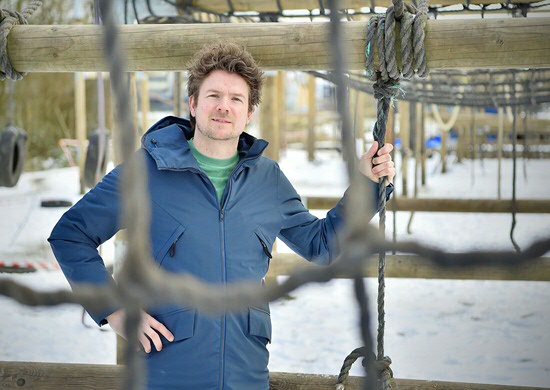
Data
Den Hartigh is a typical example of a new generation of scientists, who conduct their research using large amounts of data. An online platform, compiled by computer scientist Frank Blaauw and largely the work of PhD student Rik Huijzer, plays a key role in this research. It analyses questionnaires, measurements and test results and, at the press of a button, presents someone’s condition in graphs and Excel sheets and compares it with others. ‘We can quickly translate data into practical insights. That’s also why they came to us,’ explains Den Hartigh. ‘We’ve done something similar for professional football clubs, like FC Groningen. We were able to easily modify and use this system for the KCT. The supervisors there can also add their own questions, for example.’
High drop-out rates
‘Let me show you something,’ he says, as he flips open his laptop. An overview pops up on the screen with various tests, questionnaires and terms from the military alphabet, such as Alfa, Foxtrot and Lima. And there, in black and white, you see what ‘high drop-out rates’ actually means: of a certain cohort, only 20% remained. This is a figure that stops you in your tracks. But Den Hartigh is no longer surprised by such high percentages. ‘Yes, it’s a lot,’ he says laconically. ‘But that’s why we’re doing this. If you know what’s causing the high drop-out rate, you might be able to do something about it during the pre-selection phase.’
Comparing scores
He enthusiastically opens up all kinds of graphs on his laptop screen. ‘Look, this is really interesting. The scores of candidates who passed the big stress test match those of real commandos. And the scores of those who drop out show you a different pattern. The data tells you so much. You can also compare their results with those of average Dutch people. Then you see that commandos, for example, are slightly more extraverted and conscientious than the average Dutch person. You can even compare their data with the data of pilots or Norwegian commandos.’
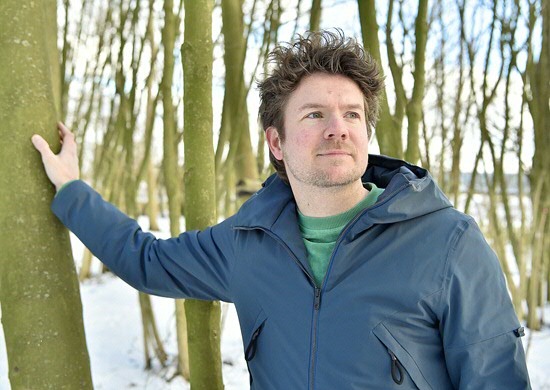
Credibility
The questionnaires on the platform cover topics such as optimism, self-reflection, resilience, sleep, the perceived difficulty of a task and learning ability. It’s essentially a self-assessment; the aspiring commandos fill it the questionnaires themselves. But how honestly would you answer questions about fatigue or stress levels when you know that your career might depend on them, especially in an environment in which it is generally not the done thing to talk about mental health issues? ‘That’s not too much of a problem. It’s still an experiment, people volunteer to take part. They won’t be kicked out of the programme because of these results. Later on, we also want to compare the questions with objective physical measurement data. It’s in their best interests to take it seriously, and they like getting feedback on their performance. Their world is a bit like that: they’re competitive, but they also help each other. We’ve not seen any signs that candidates have been trying to fake a better physical or mental condition.’
Opportunity
Den Hartigh acknowledges that this research group, which came to him unexpectedly, is a particularly special one. He is used to working with elite athletes – not exactly an average group of people, either. ‘But the KCT is all about top performances at a whole other level. These people voluntarily seek out extreme situations, suffering and stress. Scientifically speaking, that’s an incredibly interesting topic to work on. You would never normally get such an opportunity. These kinds of projects give us researchers new insights into selection and resilience.’
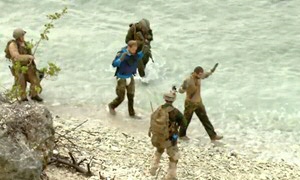
Cutting edge
Den Hartigh has done a lot of similar research with professional footballers. Here, too, you have an environment in which you can measure a lot, and in which people perform, have to be fit and are under constant pressure. However, there is at least one big difference: football players don’t usually find themselves in situations where they have to make life or death decisions. Which raises the question: is it actually possible to predict how someone would cope in such a situation? ‘The best thing you can do then is to expose someone to intense situations. Experience has shown that taking measurements in a similar situation can reveal more than scores on individual tests. For example, one of my PhD students has shown that a footballer’s performance in practice games is more strongly correlated with their performance in real matches than scores on separate physiological and motor tests.’
From data to insights
What has Den Hartigh found most eye-opening about the research project so far? ‘We now have a year and a half’s worth of data, from various cohorts. We’re now in the process of analysing all that; the first articles are on their way. The question that I really want to answer is, what is the decisive factor? Perhaps the best insights will come from measurements during the big stress test. That might tell us more than the initial tests and insights.’ Only time will tell. When it comes to teaching or research, you reap what you sow.
More information
More news
-
23 October 2025
Nine UG researchers awarded Vidi grant
-
07 October 2025
What art does to us
